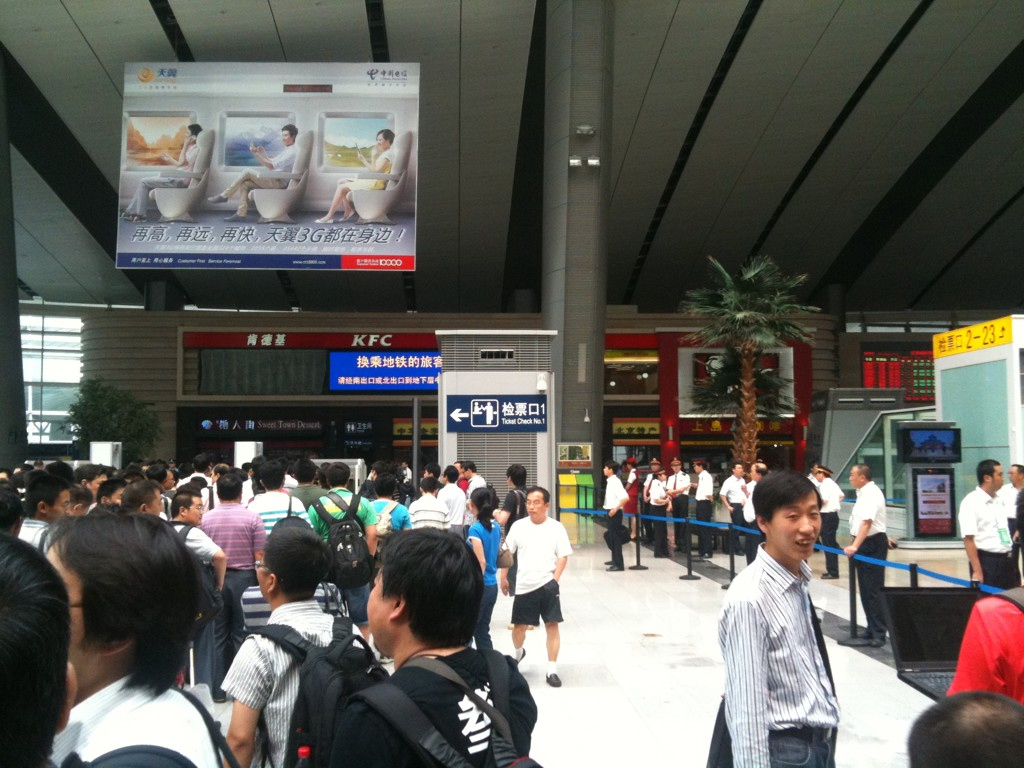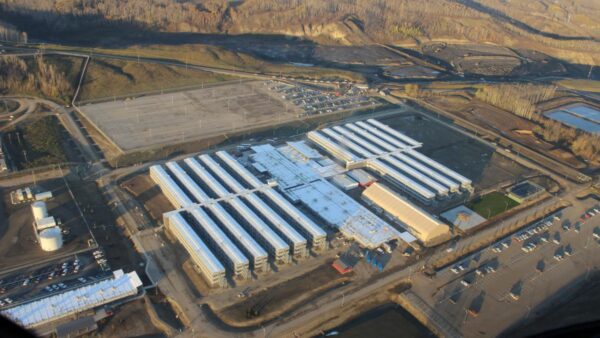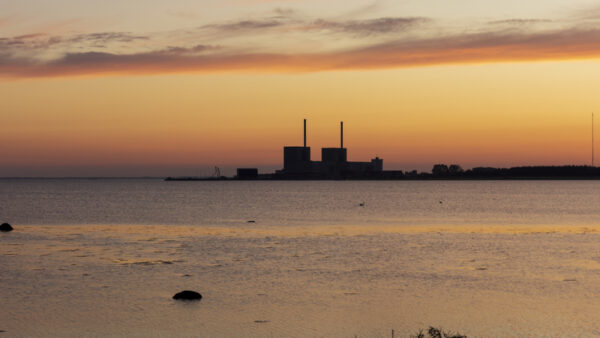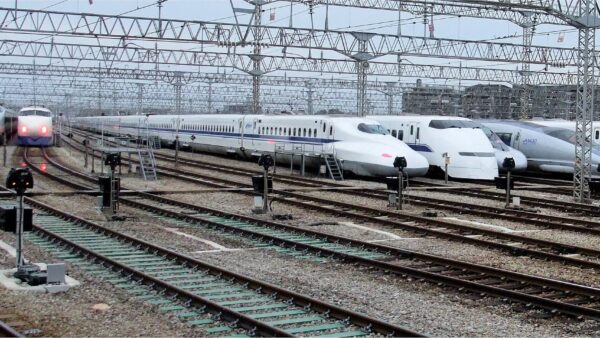China Railway Group yesterday published plans to increase the country’s high-speed rail network from 36,000km to 70,000km over the next 15 years, and its total length of track from 141,400km to 200,000km. Â
Beijing sees the investment as a way to stimulate demand in the wake of the Covid-19 pandemic and the continuing trade war with the US.
It also wants to create a more integrated national market and distribute the benefits of economic growth more evenly across the country.
At present, there are wide disparities in wealth between Chinese provinces, with the Beijing region averaging a nominal per capita income of more than $20,000 compared with $9,300 in the central province of Hubei and $4,500 in the remote northwestern province of Gansu.
The aim is to encourage the growth of regional hubs, thereby offering migrating rural workers an alternative to the relatively wealthy coastal provinces.
All cities with a population greater than 200,000 will be on a rail line, and those with more than 500,000 people will have access to a service travelling at over 250km/h.
The year 2035 has additional significance, as it was the target date set by President Xi Jinping for China becoming “a modern socialist country”.

Beijing South Station. The Beijing-Shanghai line is one of China’s profitable rail lines (Yaohua2000 /CC BY-SA 3.0)
In the first half of 2020, China invested $49bn in its rail network, an increase of 1.2% on the previous year.
However, the scale of future spending will inevitably increase the sector’s indebtedness.
More than $1 trillion has been spent on rail lines since 2009, and China Railways’ debt pile presently stands at around $770bn.
Most of China Railways’ regional subsidiaries make heavy losses, according to this analysis.
It reports that the least profitable operator, based in the southwestern city of Chengdu, suffered a $1.8bn net loss in 2018, while those in the northern cities of Shenyang and Harbin each lost more than $1.5bn in the same year.
This partly reflects the relatively low price of tickets – a second class fare between Beijing and Shanghai is presently $80. It also reflects the fact that the domestic economy has yet to generate sufficient demand to make full use of its infrastructure.
However, China appears willing to accept higher debt in view of the importance of maintaining demand in the economy.
Larry Hu, chief China economist with Macquarie Capital, told the South China Morning Post: “China’s economic growth has three pillars: exports, property and infrastructure investment. Exports can no longer be relied upon, and property speculation will be curbed, so infrastructure investment is the last pillar that shouldn’t fall.”
Top image: A CR400AF train at Beijing South railway station (N509FZ/CC BY-SA 4.0)
Further reading:










